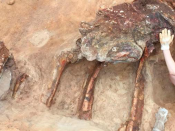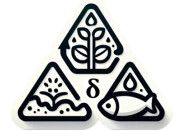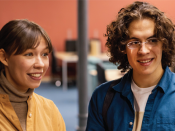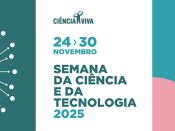Por Filipe Bernardo (IERS GBA/cE3c; Faculdade de Ciências e Tecnologia da Universidade dos Açores).
As it nears its due date, the main and already published outputs of Filipe Bernardo’s PhD project will be presented, whose general aim was to biomonitor air pollution in environments subjected to anthropogenic and volcanogenic emissions in the distinct context of the vulnerability of smaller oceanic islands, such as São Miguel, facing unprecedented levels of increasing anthropogenic pressure as well as ongoing manifestations of active volcanism By using native lichens as bioindicators, the significant and distinct impacts of agricultural and artificial land uses and related activities over the pristine background of São Miguel island were revealed Meanwhile, by transplanting lichens into a volcanically active inhabited area (Furnas village), it was observed that δ 34 S isotopic ratio is a specific tracer of hydrothermal emissions in outdoor conditions, subsequently applied to develop a method for spatially modeling the risk areas of chronic exposure in volcanic environments Moreover, these transplanted lichens were sensitive to the CO2 in continuous release from soil diffuse degassing throughout Furnas caldera, displaying significant structural alterations which are response biomarkers reflecting prolonged exposure to elevated levels of CO2 in ambient conditions...
Transmissão em direto no canal do YouTube do cE3c.





















